
HTC’s portfolio boasts a number of Android phones and though most try to cater the high-end consumer market, HTC Tattoo was created to give a taste of Android at an affordable price. A spec’d down Android device for those who don’t want to invest in expensive HTC Hero but get almost all the features at almost half the price.
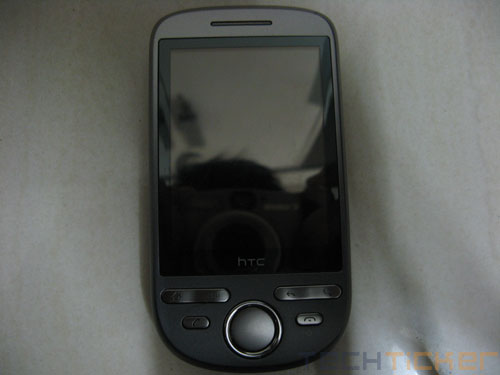
HTC has styled Tattoo distinctly than the rest of its Android offerings. You may not call it as stylish or an eye-catcher but it sure is decently designed. The front part of the phone integrates a 2.8-inch touchscreen display and various buttons like Home, Menu, Back, Search, Call/End and a big bindi-like navigation key on the front. It’s also the first Android phone to have a nav pad instead of the trackball. The left side possesses a volume rocker button, the upper part features a 3.5mm headphone jack, the bottom houses a micro-USB port and the back has a 3.2-megapixel camera sans the flash.


Tattoo has a 2.8-inch display, which makes it one of the few Android phones to run the OS on a small screen. HTC housed a resistive touchscreen instead of a capacitive one and also lowered down the resolution to QVGA or 240×320 pixels. This may have been done by HTC from an economic standpoint but with a smaller screen and lower resolution, the display quality was not as excellent as the Hero. However, HTC did optimize Tattoo nicely to be responsive. The responsiveness from a resistive touchscreen display was good.
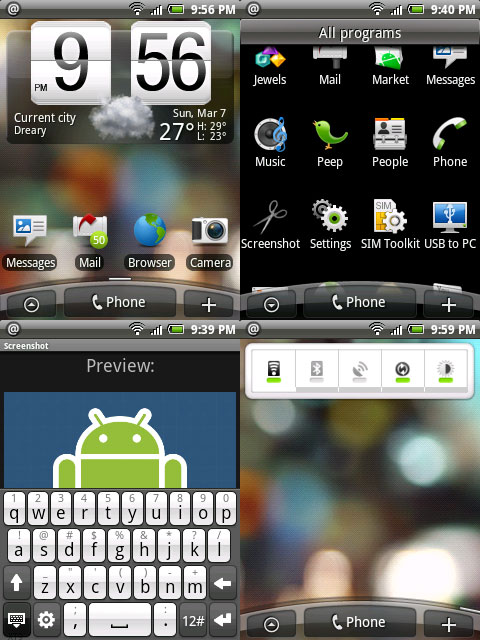
HTC has also included its much acclaimed Sense UI that enhances the appeal of the phone and makes the Android interface much more pleasing to use. The Home-screen on the phone can be changed as per our liking. One can have shortcuts to applications, HTC widgets, Android widgets or folders. There are pre-defined home screen scenes as well, for instance, HTC, Social, Work, Play, Travel, Clean Slate. You can even customize and save your own scene.
Applications like HTC Peep (twitter client), Google Talk, Gmail app, Google Maps and more come pre-installed. Being a touch-screen phone, we found the on-screen keyboard a bit difficult to use. Browsing also takes a hit due to the small screen of the Tattoo. Every time you visit a page, you need to zoom in to it and scroll for the contents.
Call quality, network strength and other conventional phone features are pretty good. However, we have a gripe with the phone’s battery life. With some calls, messaging and use of Wi-Fi for accessing emails and Twitter, it found itself connected to the charger daily. The 3.2-megapixel camera takes average pictures, being an entry-level phone, there is no Autofocus or flash.
HTC has named the phone as Tattoo for a reason. It gives users to change the skin (cover) of the phone as per the personality and liking. Users have a boatload of collection to choose from and even gives them the liberty to customize them.

A standard 3.5mm audio jack is located at the top. Hence you can pair the phone with your favorite earphone to tune in some music. The phone also features FM radio. On the storage front, the phone accepts microSD card for expansion. As a note, just like every other Android phone, Tattoo does not allow users to install apps without a storage card.
Though the Tattoo is one of the cheapest Android around, HTC has included loads of features to the phone. On the wireless radio front, Tattoo features Wi-Fi, Bluetooth and GPS for navigation. Surprisingly, as compared to the international variant, the Indian version does not come with 3G. Tattoo runs on Qualcomm’s 528MHz processor with 256MB of RAM and though it felt clobbered down sometimes, overall it fared pretty well.
Tattoo is the cheapest Android handset in the market by HTC and although it does have its share of flaws, it could be a nice buy for those are looking to move up to touch-screen smart phones and want to get their hands on the Android.
The HTC Tattoo is available at a price of around Rs. 15,000.

Rating: 
Pros: Reasonable priced, HTC Sense UI
Cons: Screen size, poor battery life, no 3G
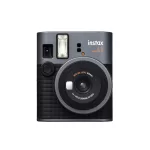
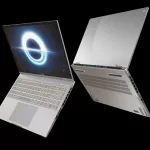
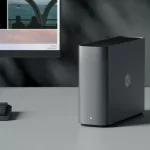
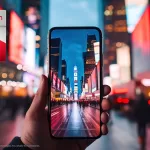
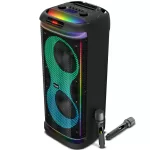
Nice review!! But HTC products doesnt seem to price reasonably.. Tattoo do seem to be overpriced for just a resistive qvga screen.